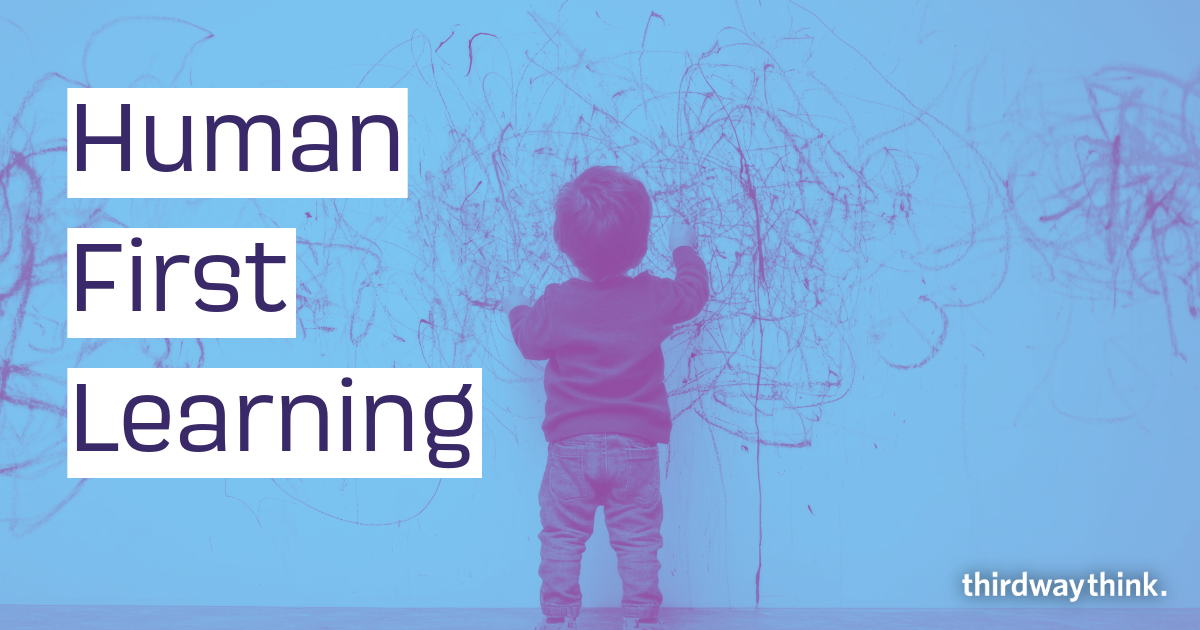Human-First Learning
I run my own facilitation business, but I’m a teacher at heart. I love designing learning experiences that surprise and delight all parties involved – the students and the instructor(s). Delivering those learning experiences is special too.
I’ve taught multiple university courses. I’ve taught standard conference workshops. I’ve been the invited guest lecturer. When it comes to formal learning contexts, I know the expectations.
The exciting thing about running your own shop is that you do not have to stick with convention. Courses do not have to last a semester. Lessons do not require five learning outcomes incorporating Bloom’s taxonomy. Assignments do not need detailed grading rubrics.
While I love experimenting with different learning activities, I also recognize that unfocused creativity can create incoherent experiences. Recently, I read Unmistakable by Srinivas Rao which challenged me to define my unmistakable work. What do I create that people would immediately recognize as my work? What do I create that is so distinct that it does not require a signature? People just know it is from me.
Rao’s book led me to describe my work as “human-first.” To me, human-first learning is about:
Connection. Learning is social. You need your peers. No more sages on stages without engagement.
Action. Learning is active. You need to try things. No more textbook theories without application.
Curiosity. Learning is inquiry. You need to ask questions. No more sit-and-soak webinars without engagement.
Reflection. Learning is introspective. You need space to connect the dots. No more copy-paste solutions without integration.
To be clear, human-first is not anti-technology. It just recognizes (and embraces!) the very human mess that comes with learning.
I’m still refining my human-first signature, but this feels like a good start to me.
Inspiration
Inspiration: Rao, S. (2016). Unmistakable. New York.: Portfolio


